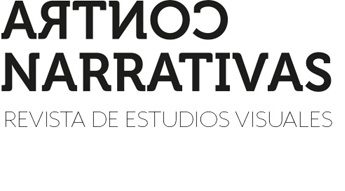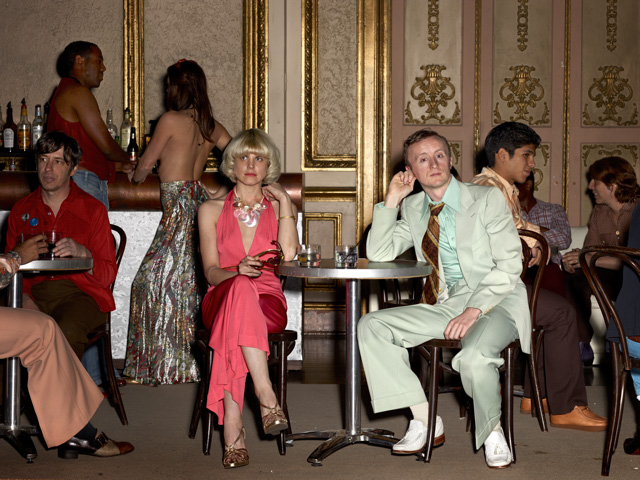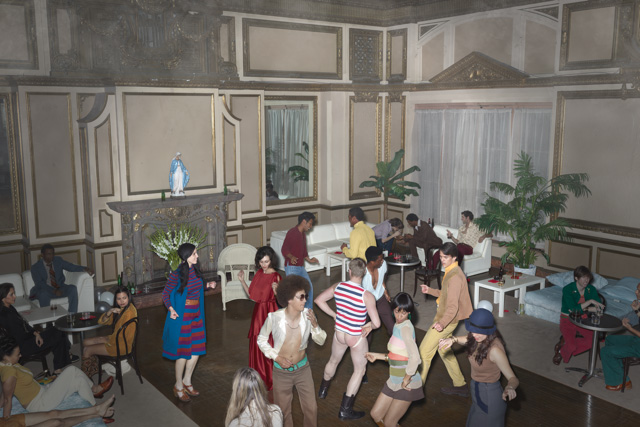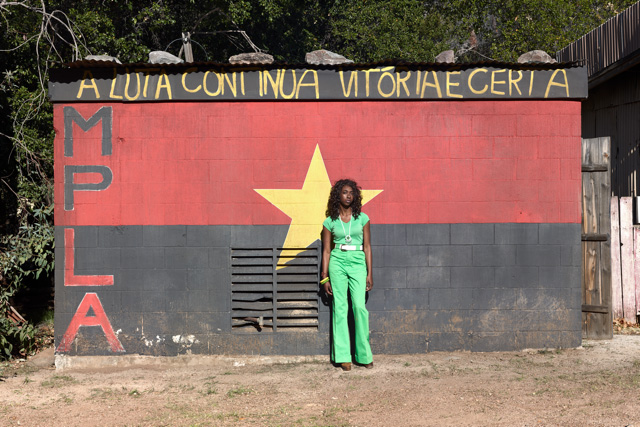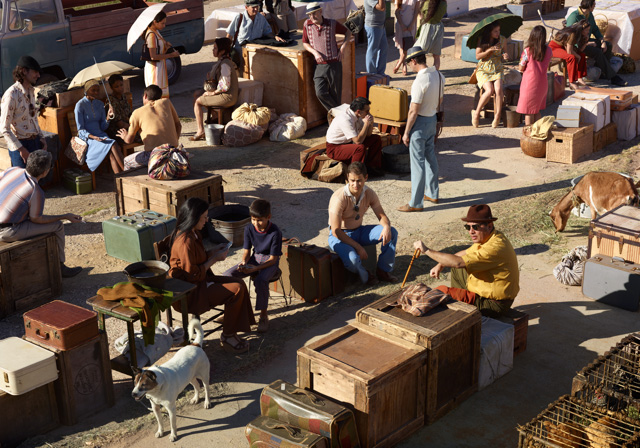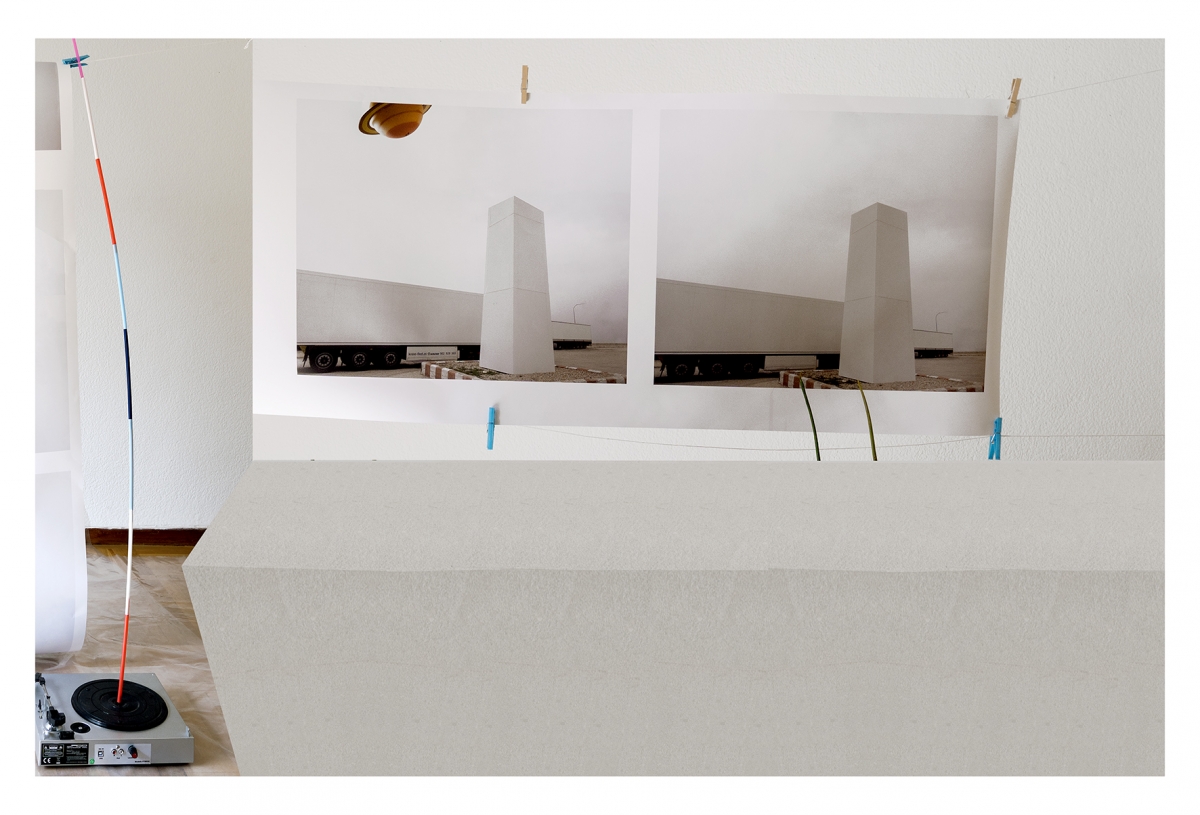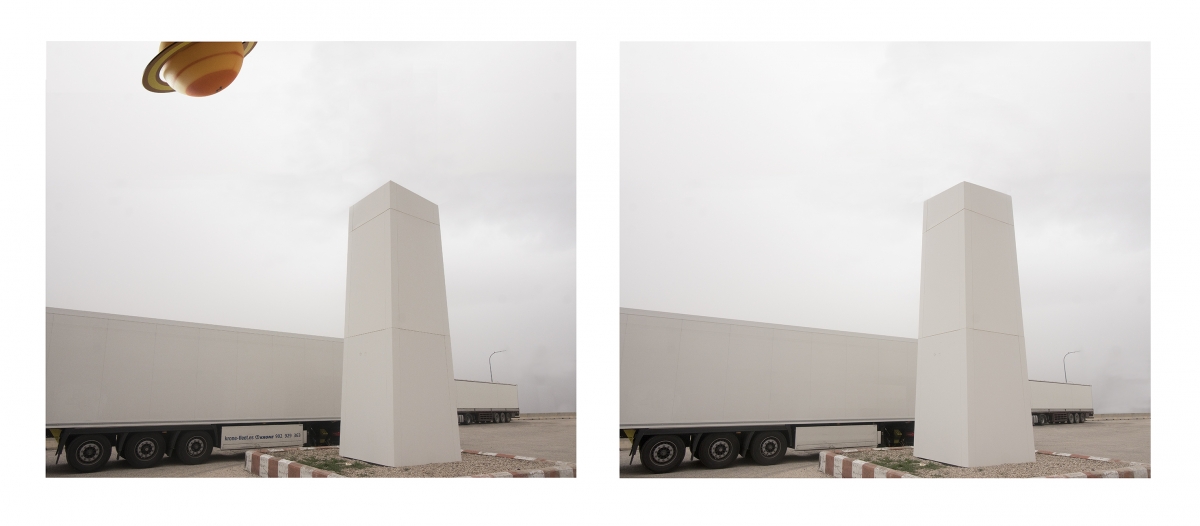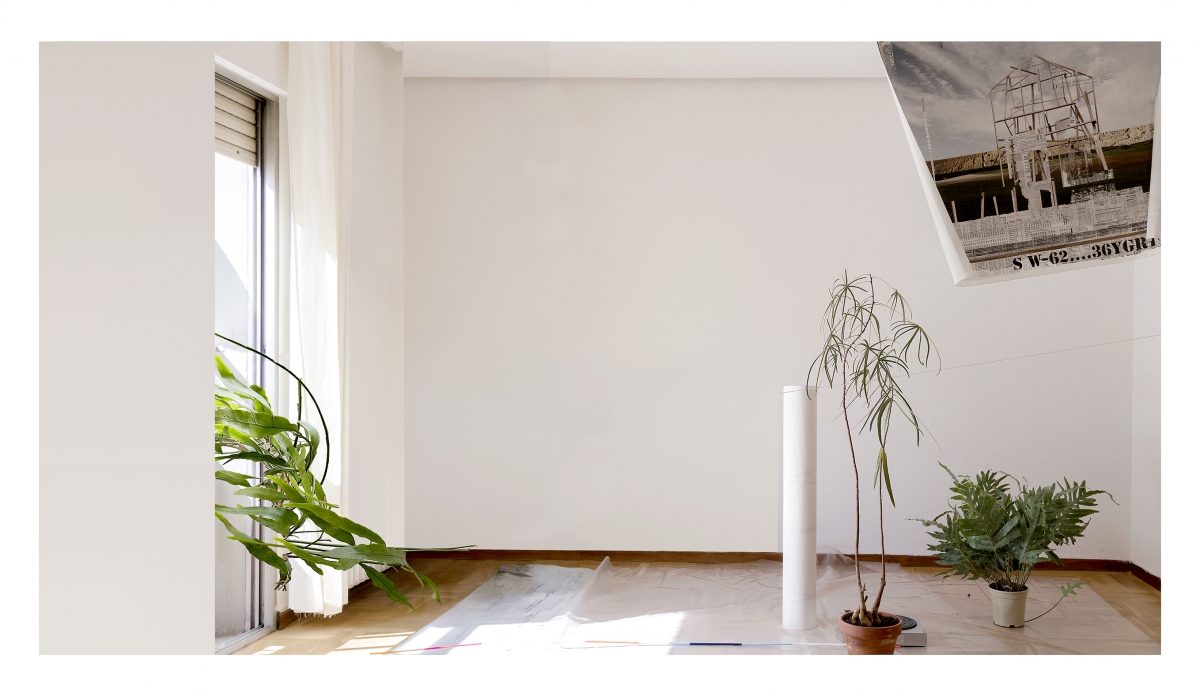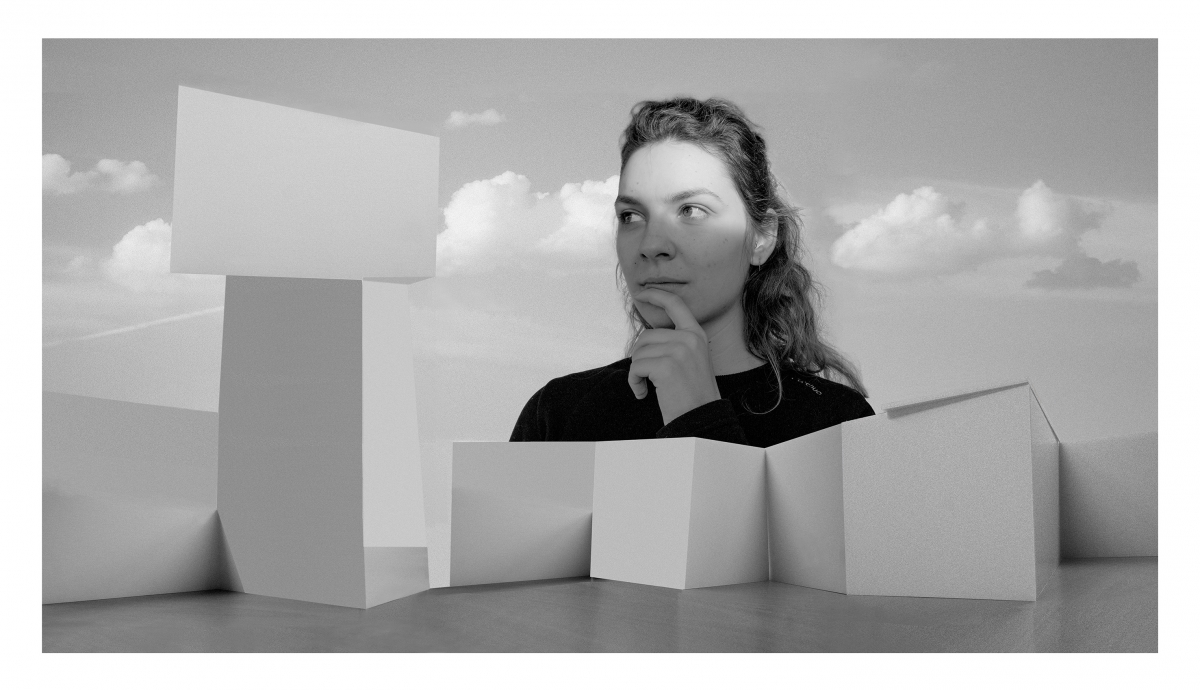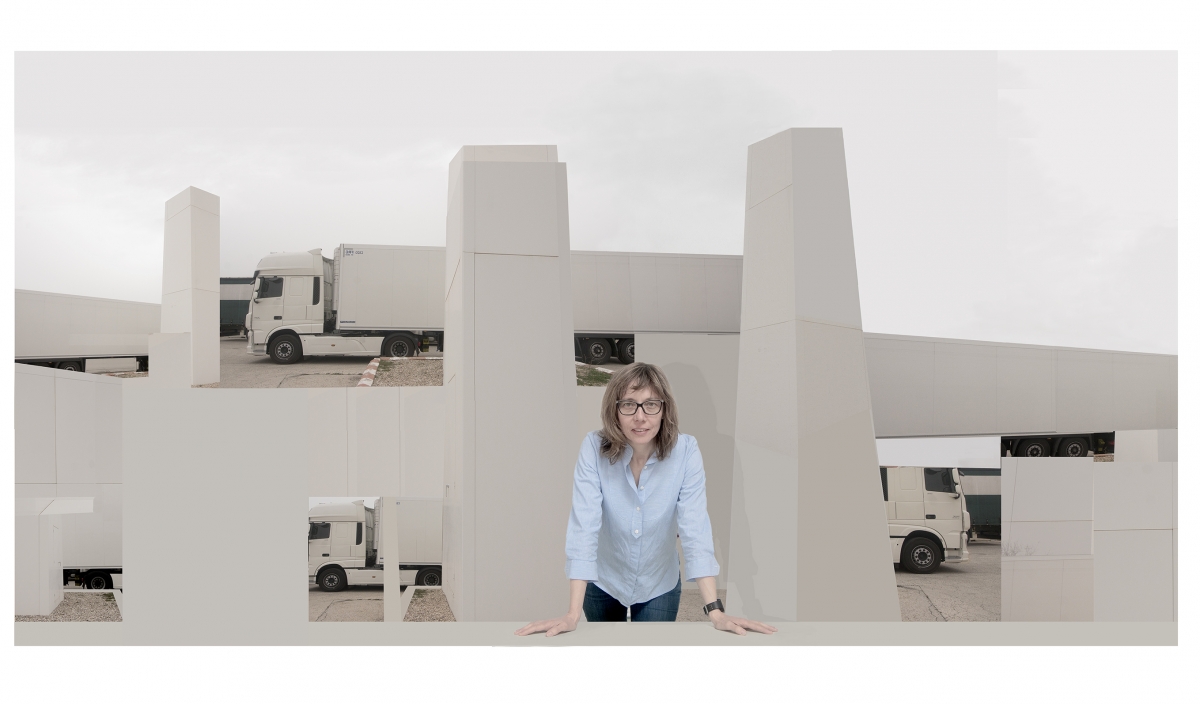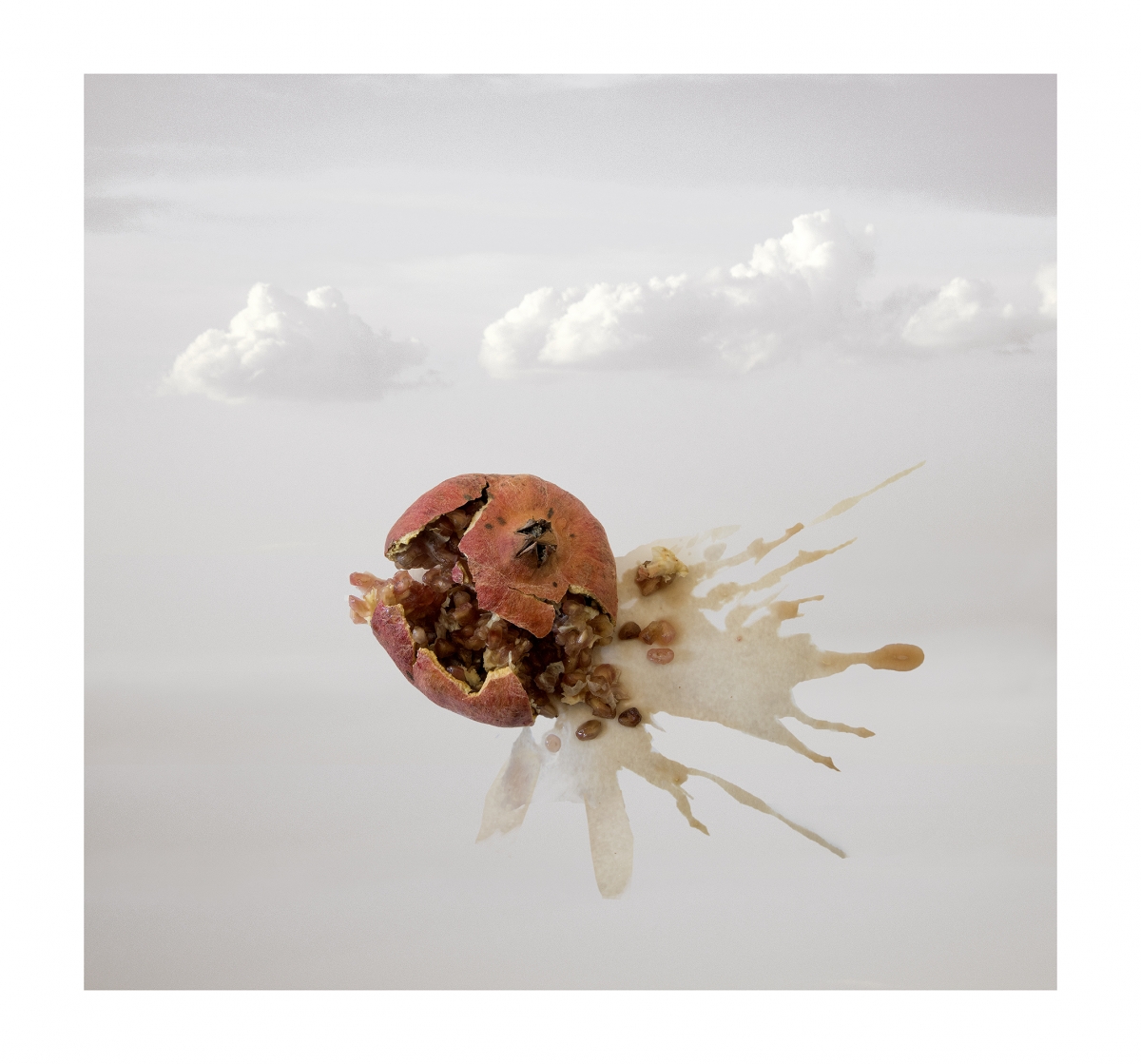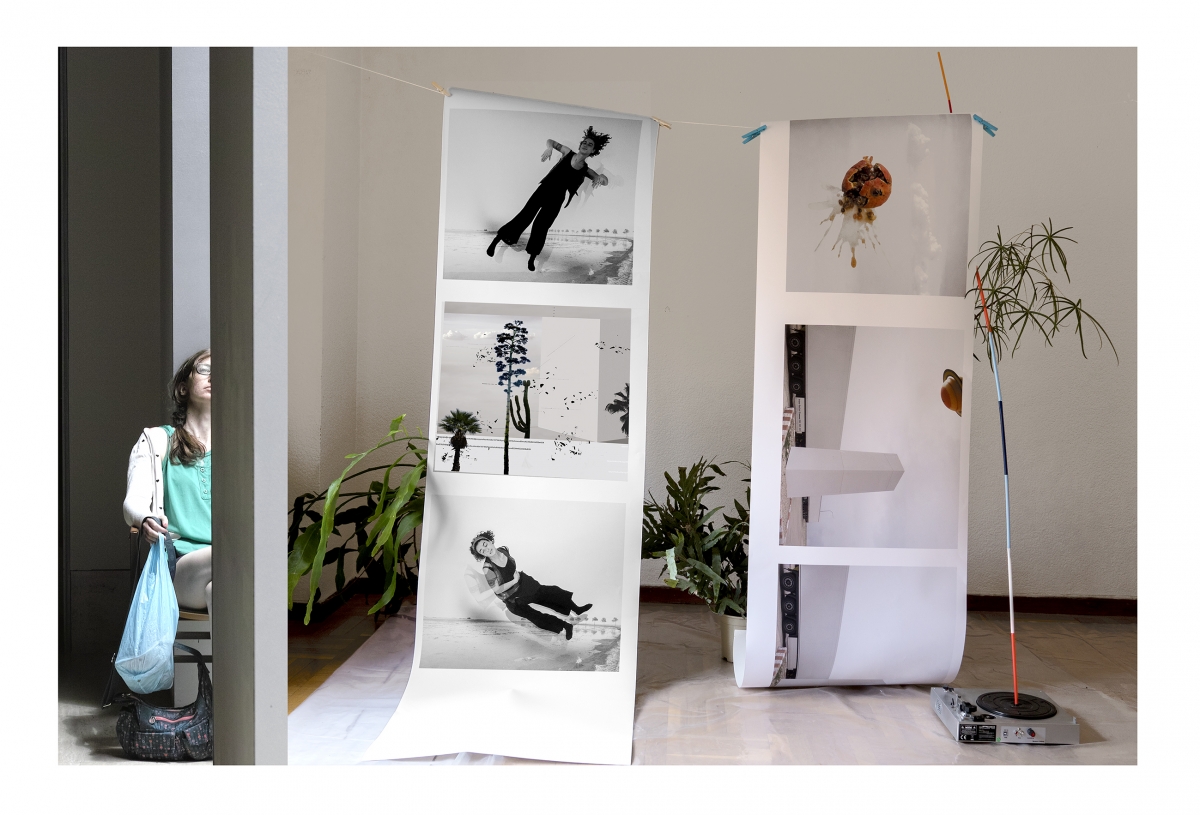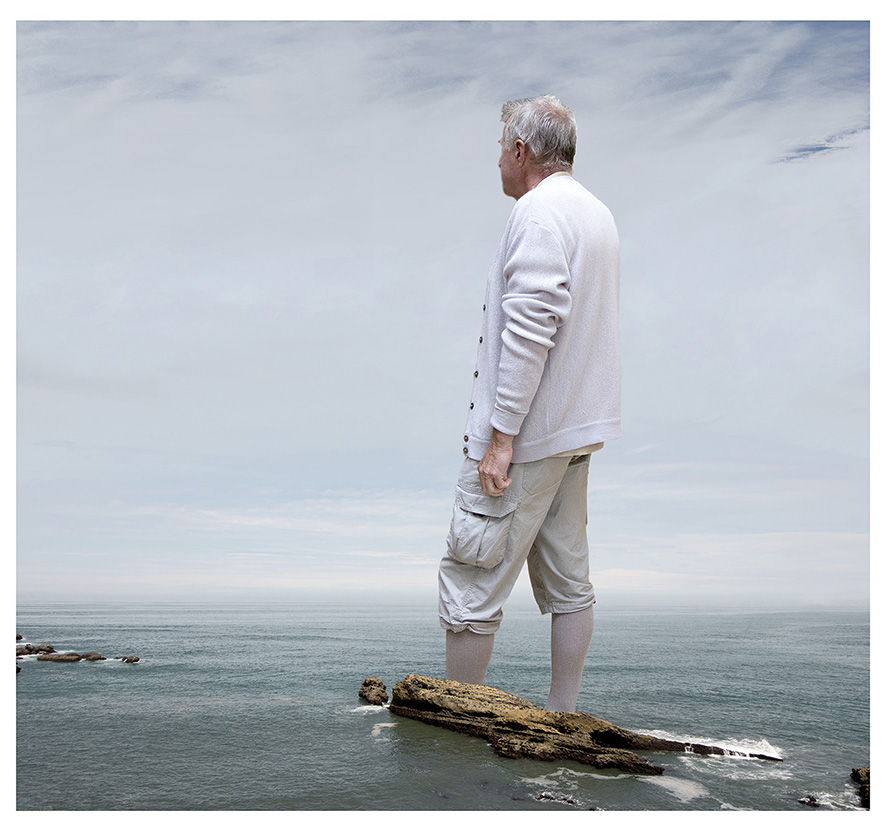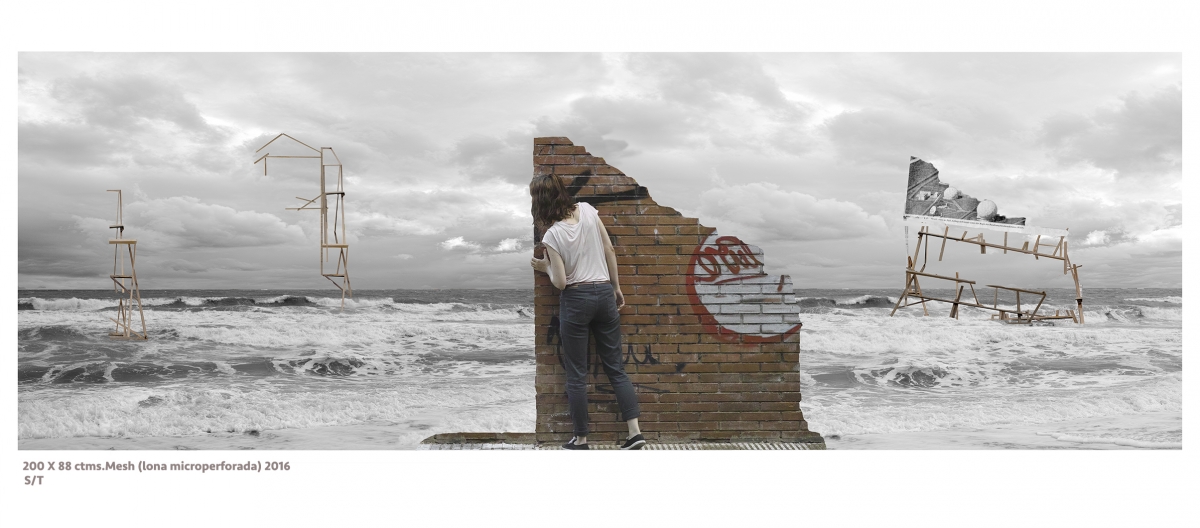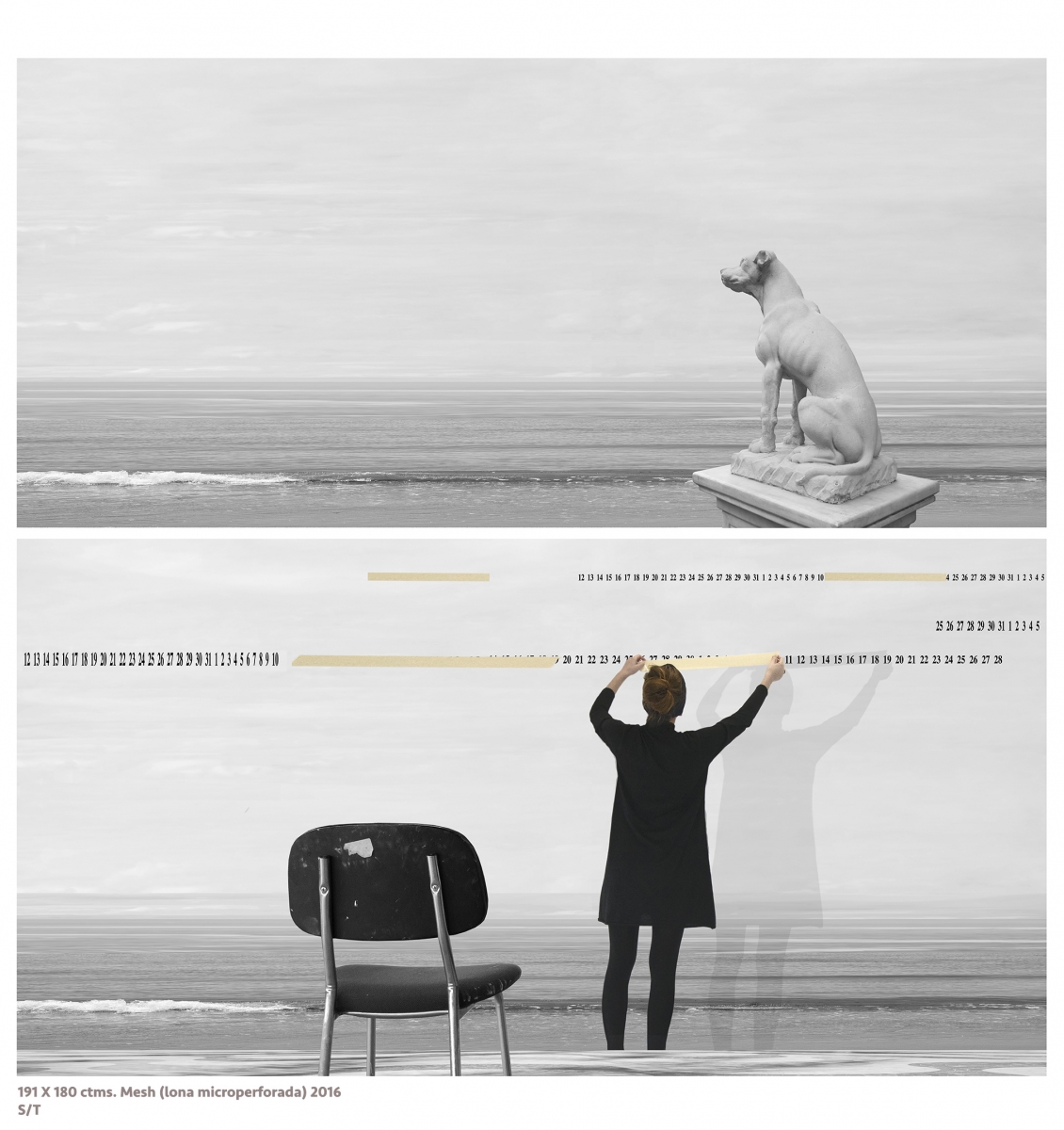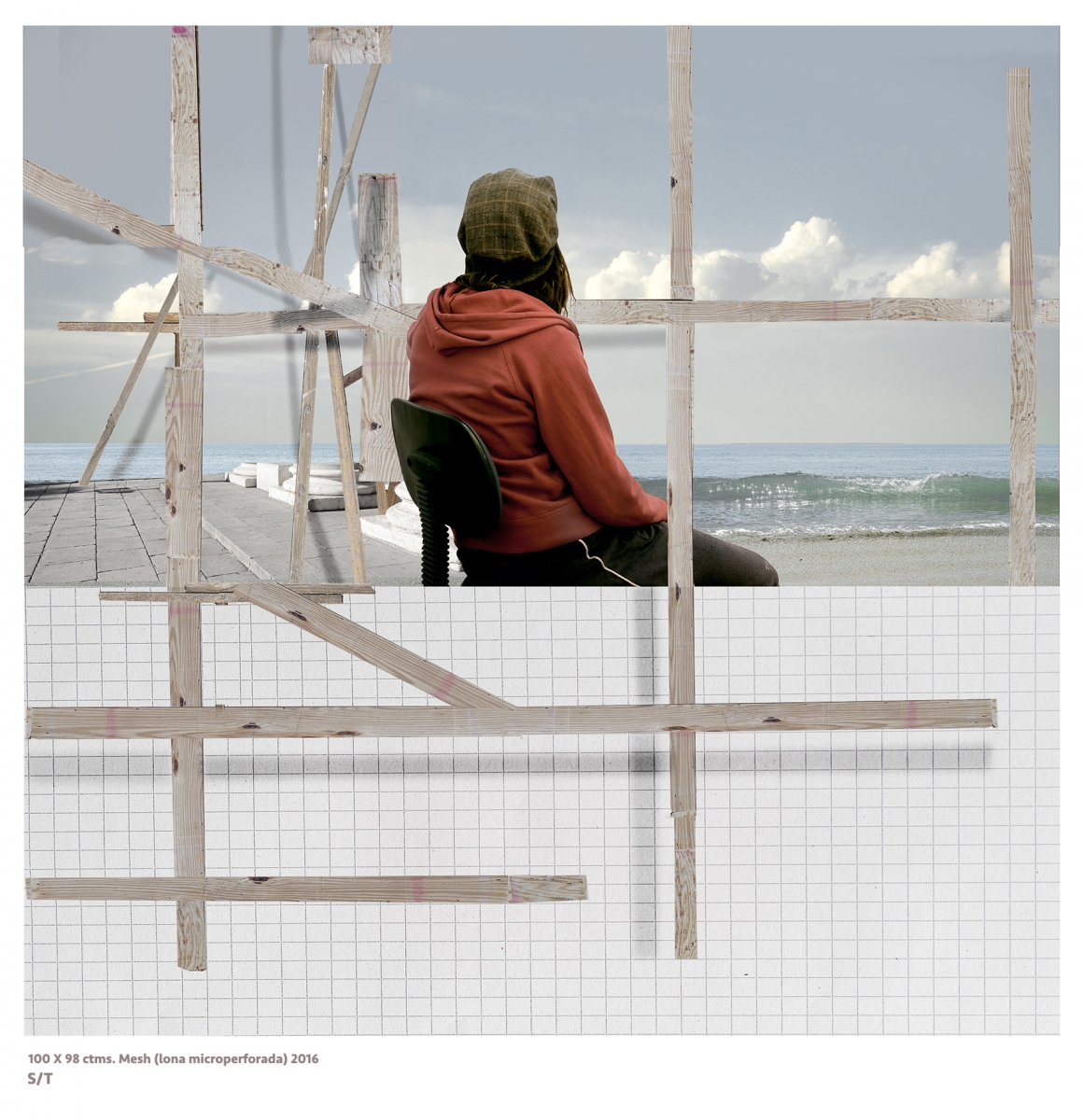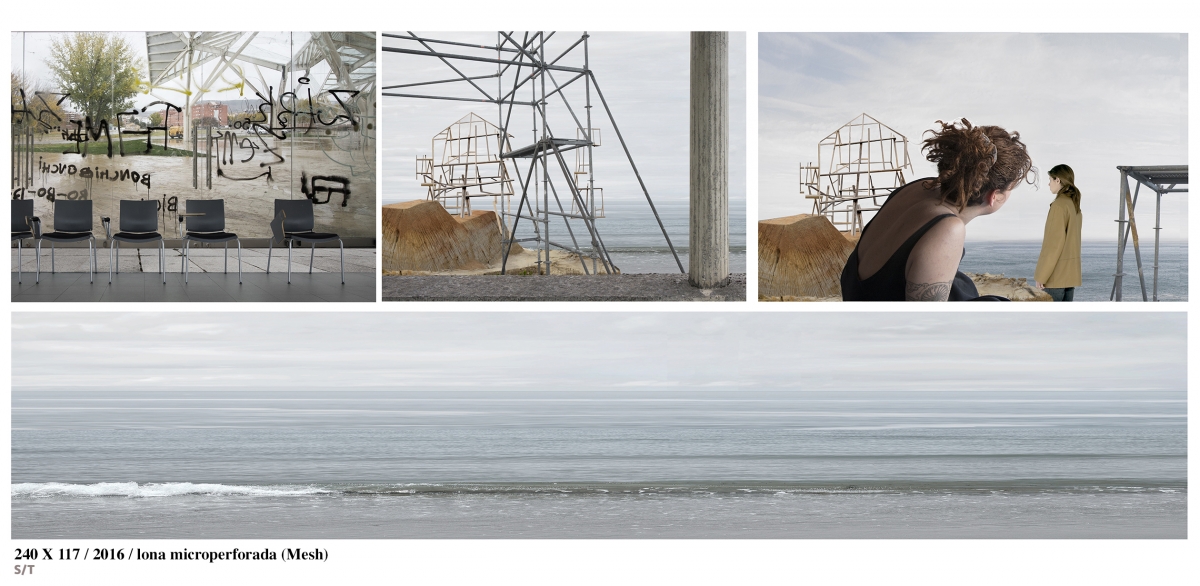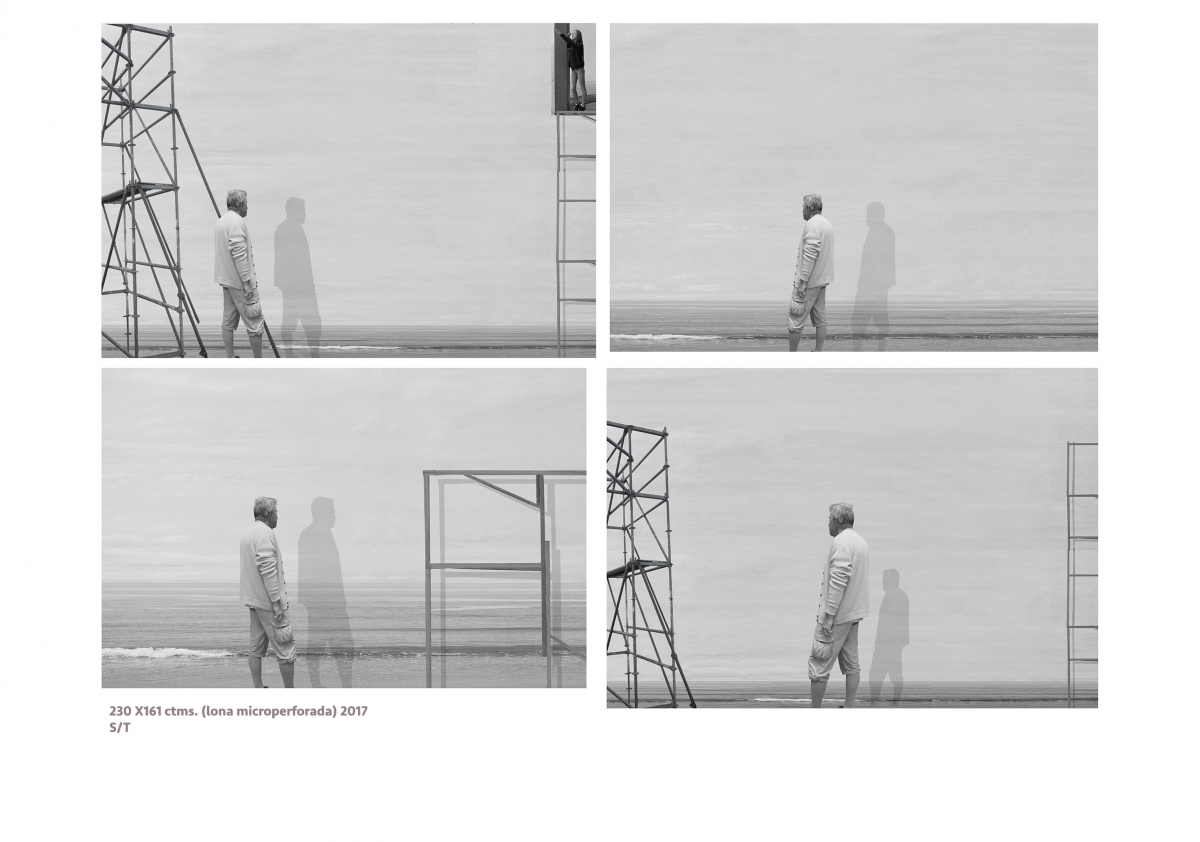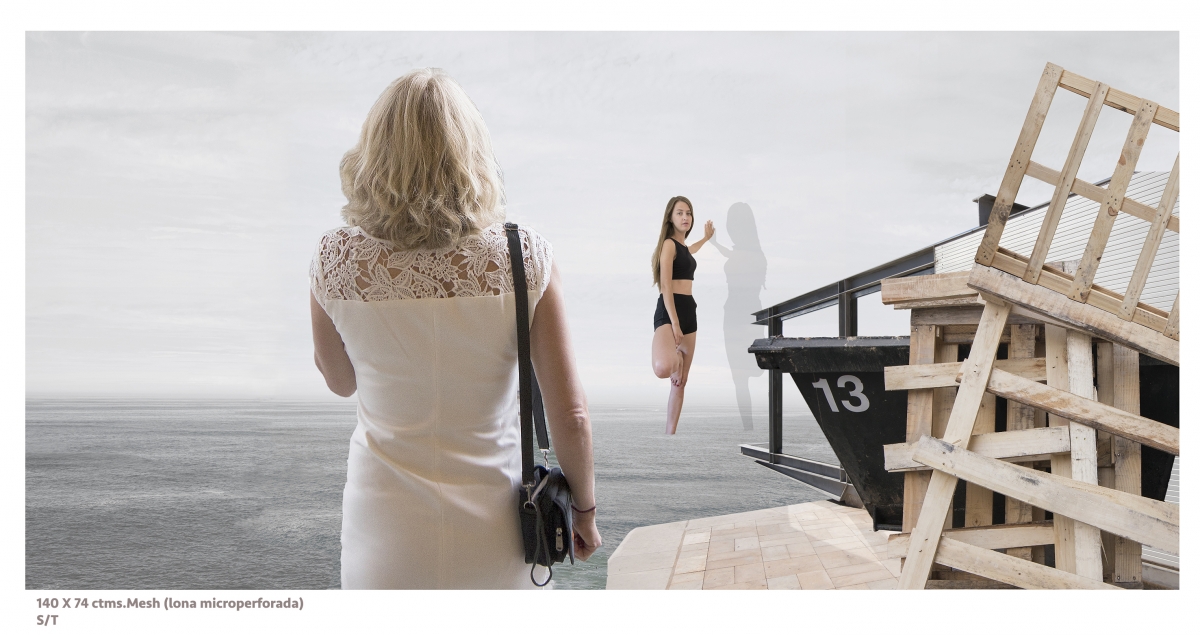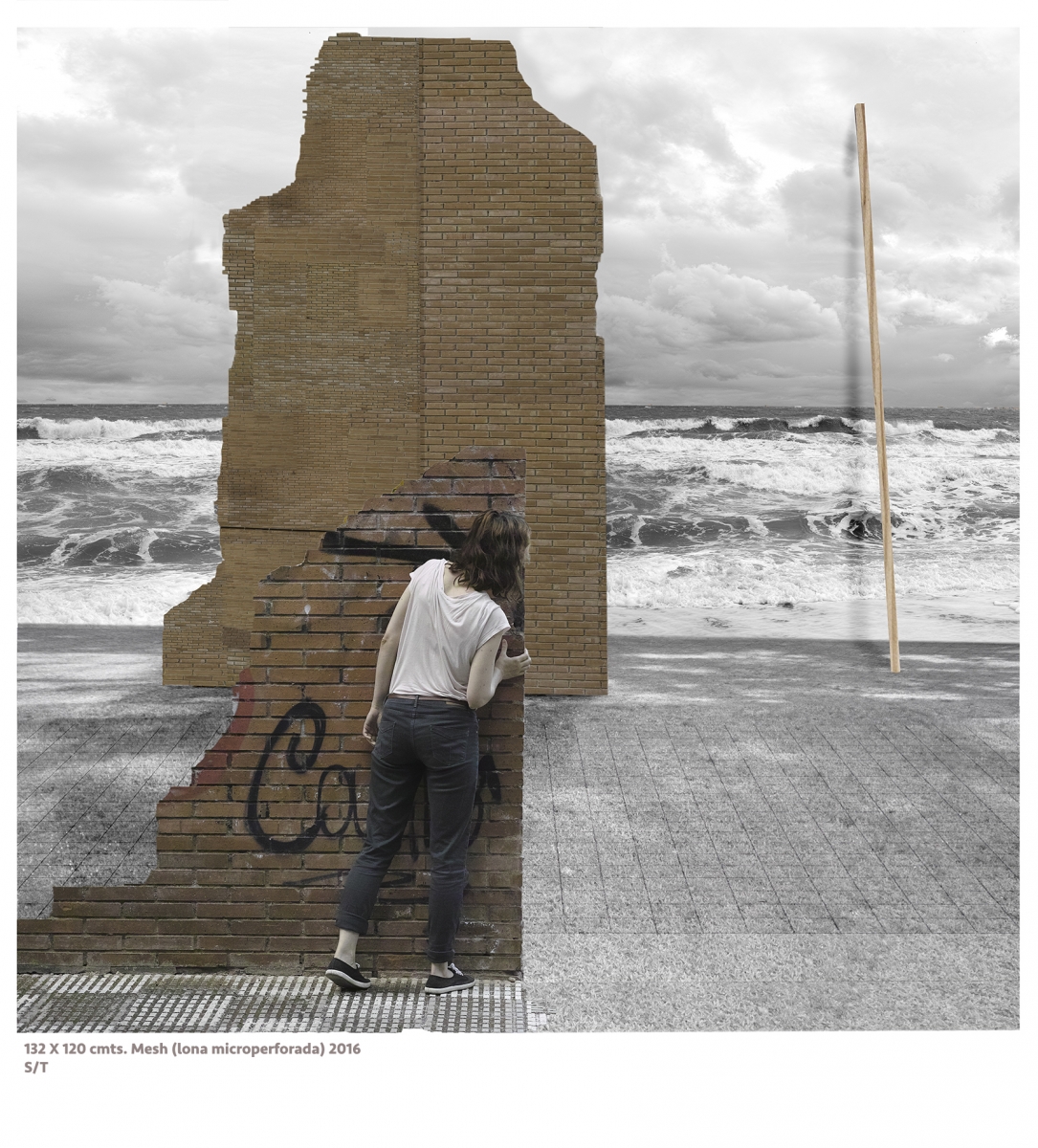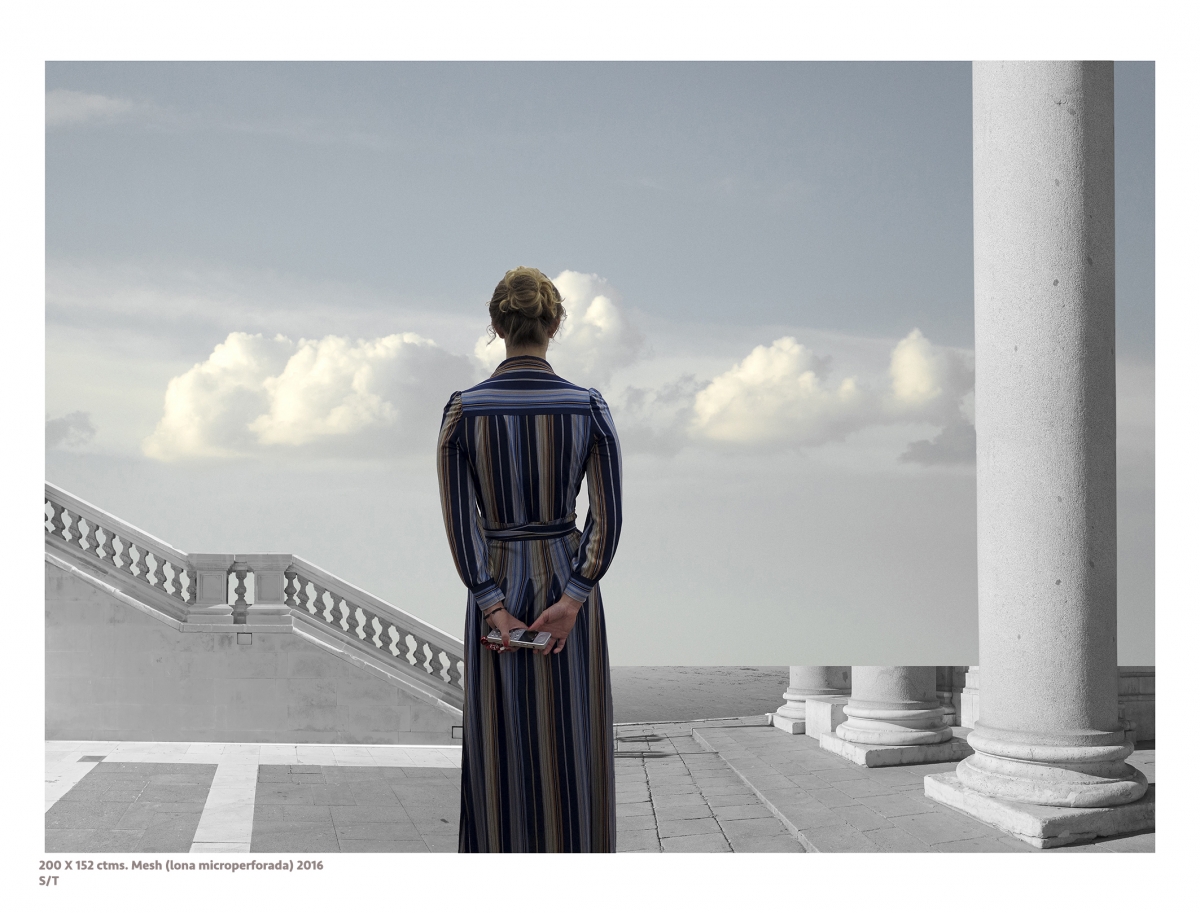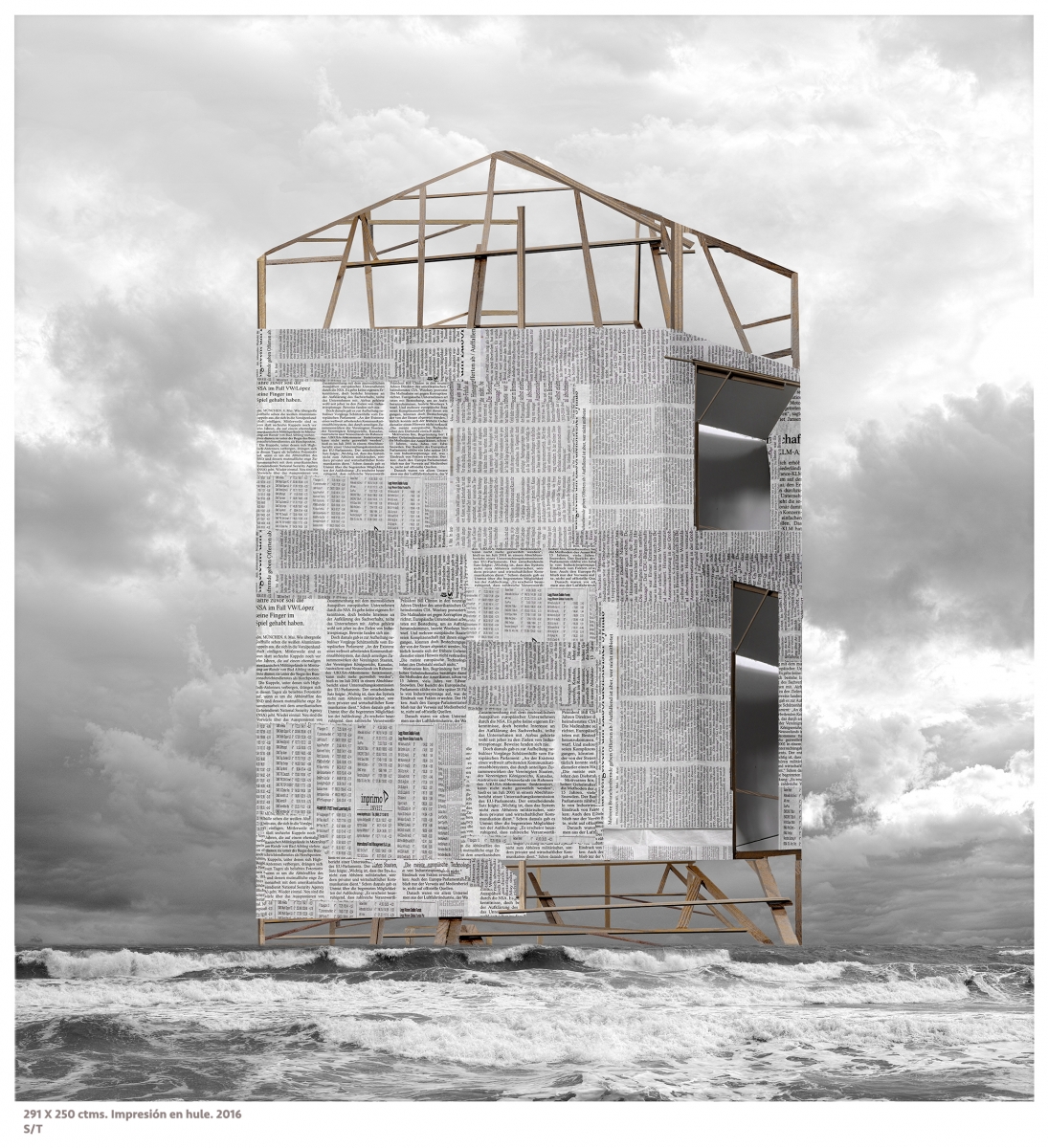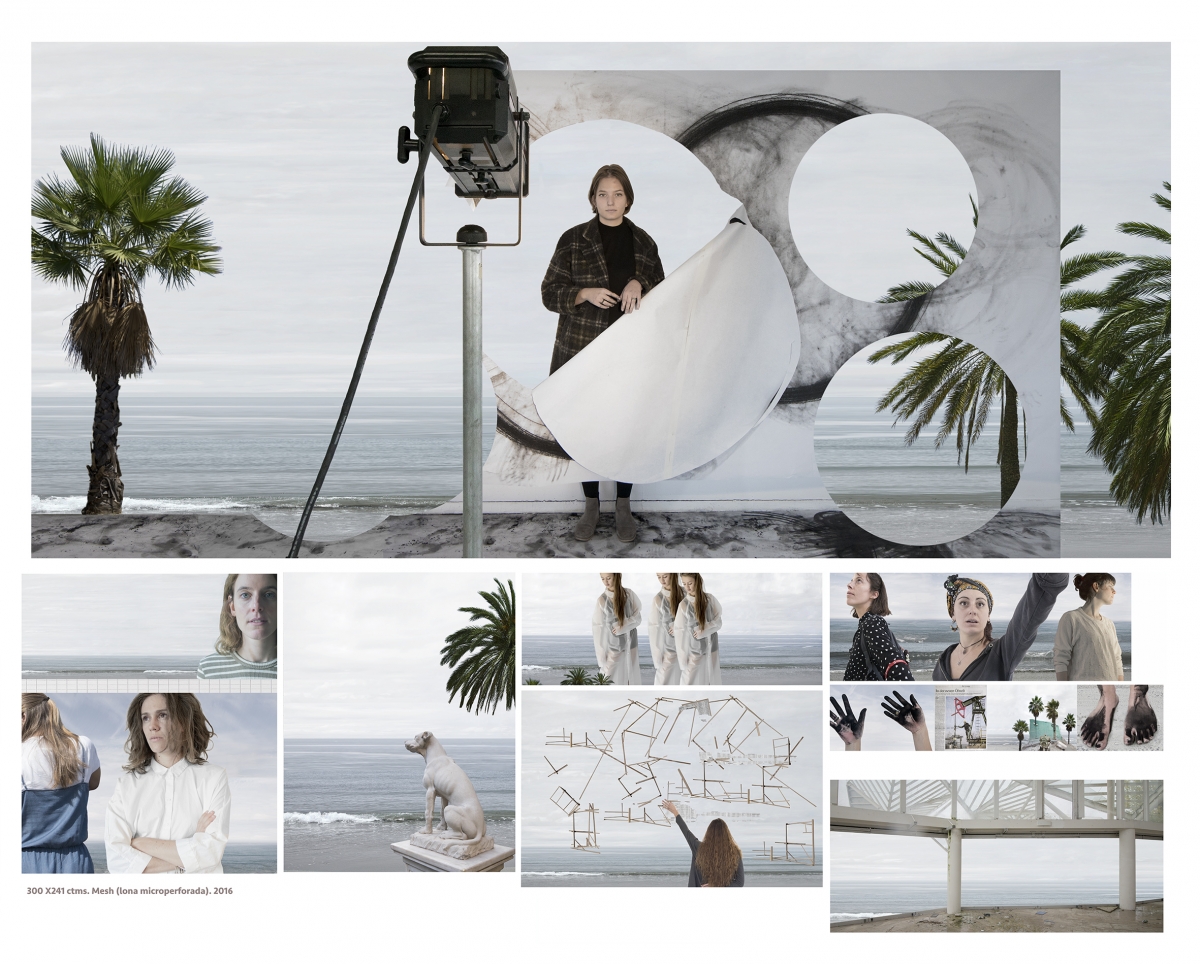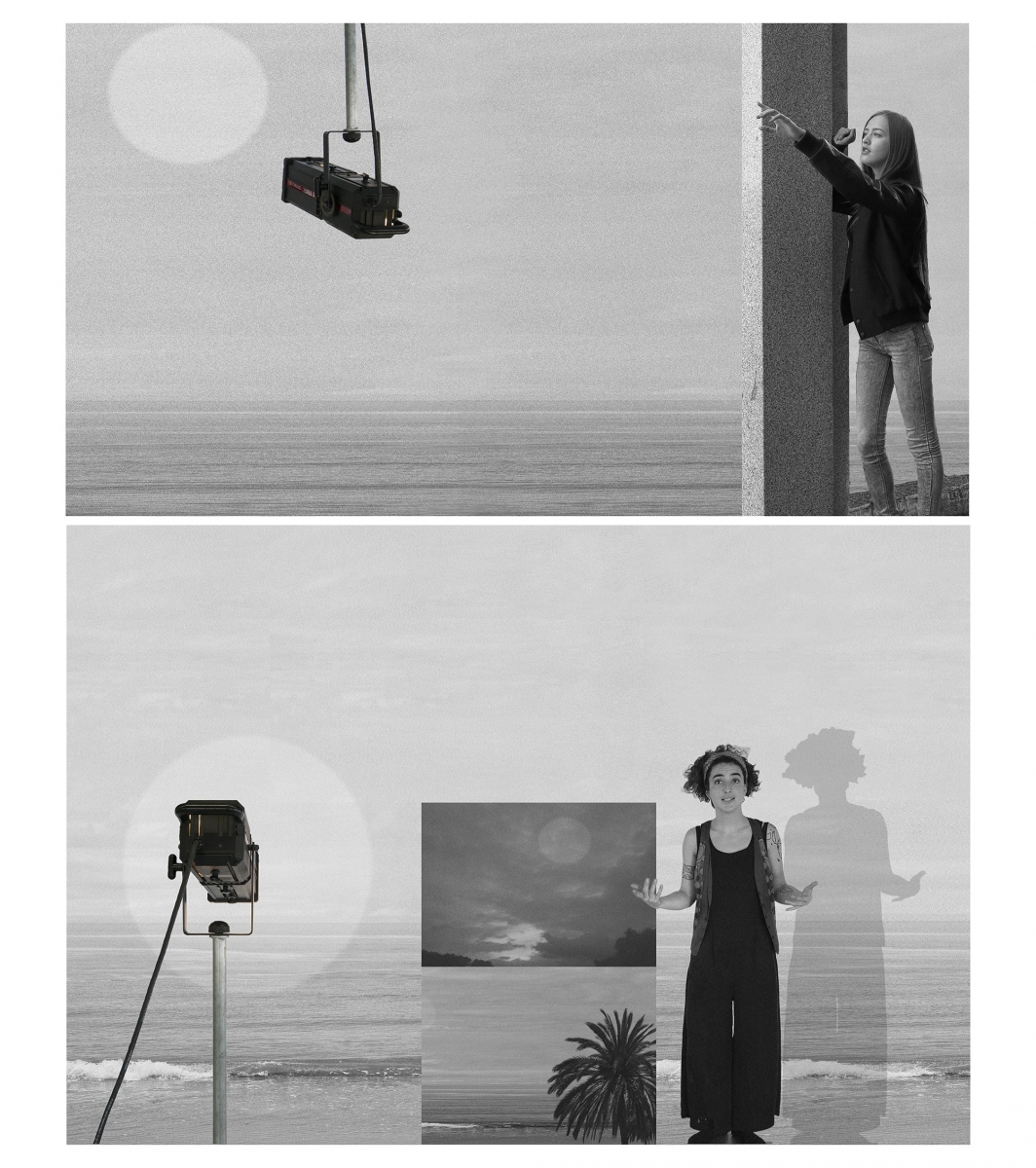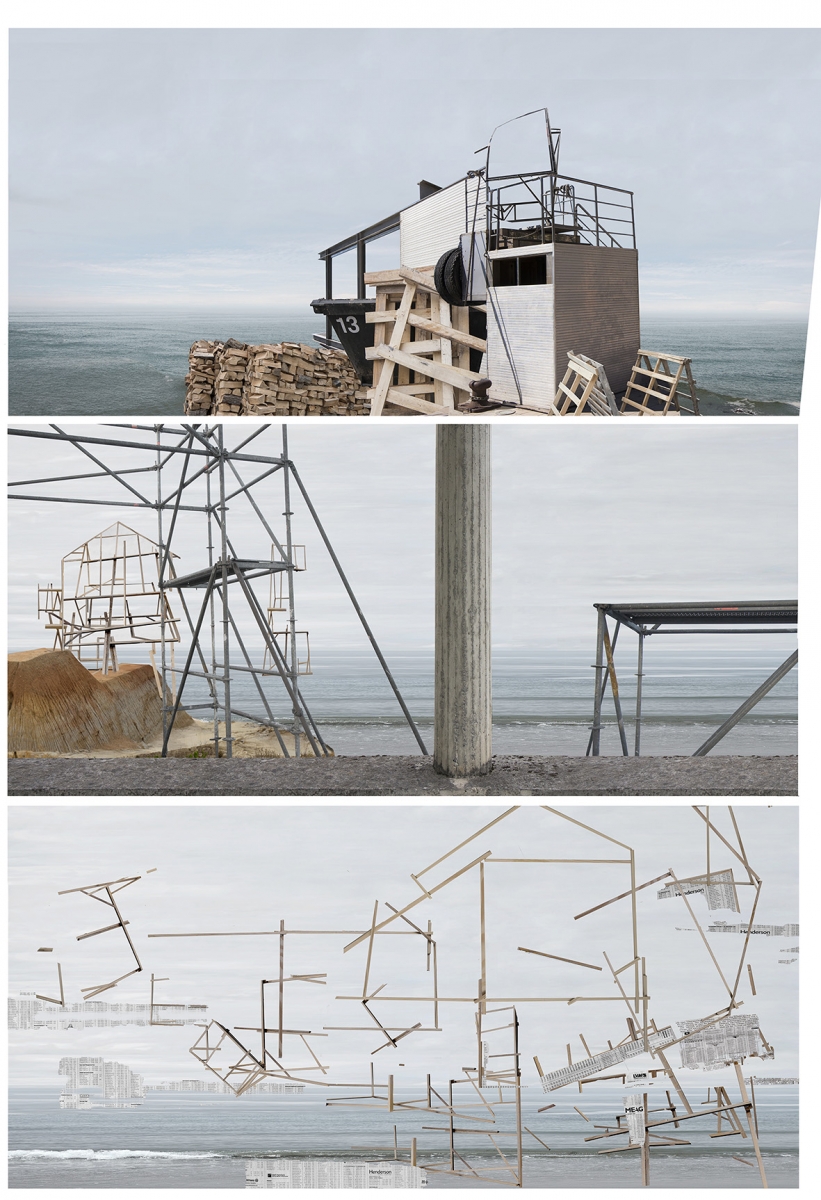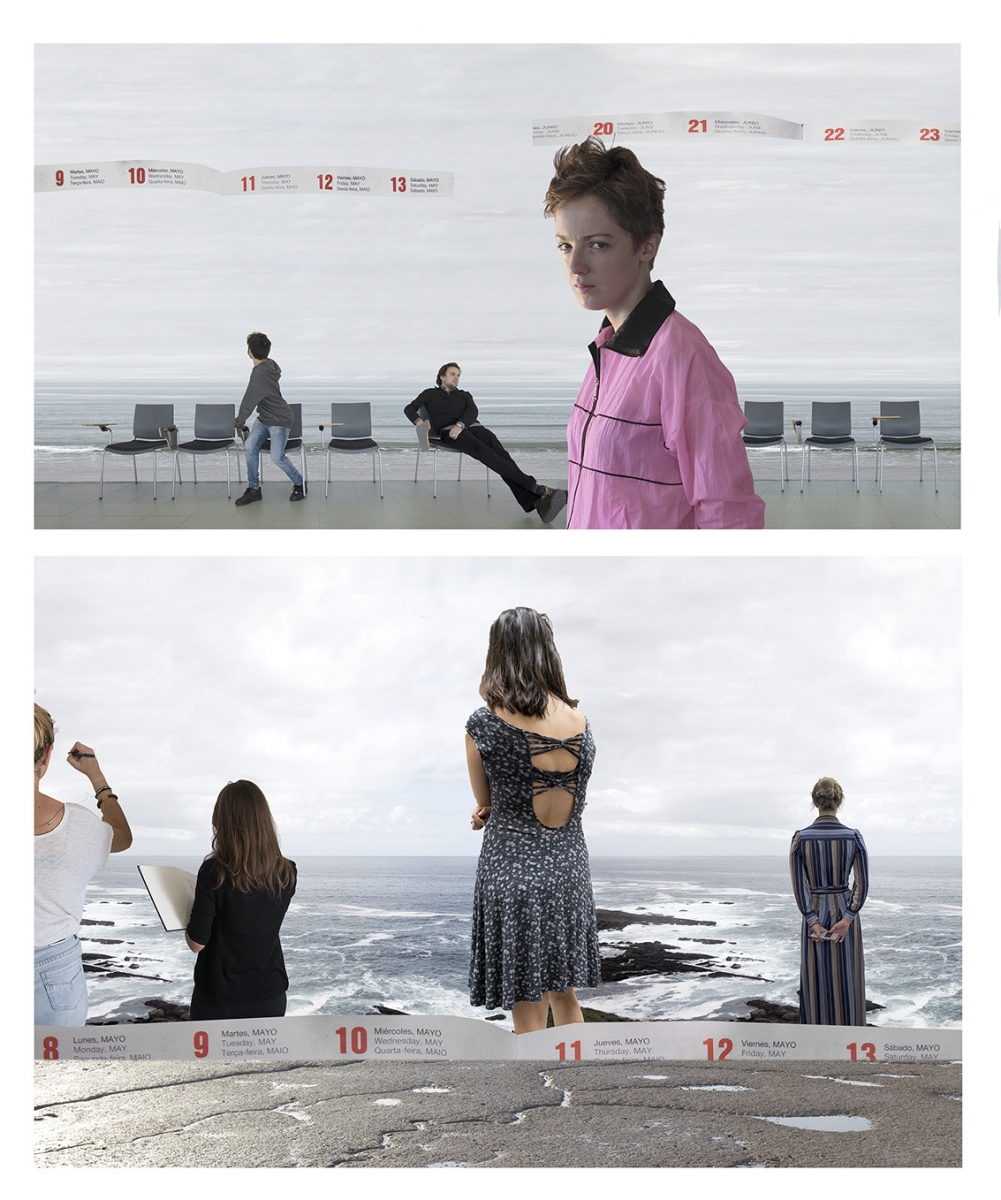Toronto, Buffalo & London: University of Toronto Press.[1]
Juan Manuel Zaragoza Bernal, Miguel Hernández University, Spain
 Around the year 2000 the science wars ended without a clear winner, but with one side more damaged than the other[2]. Postmodernism, a movement which began in the 1970s from the post-structuralist French philosophy and which had had great fortune in the United States, began to fray until it practically disappeared. Roger Cooter proclaimed the arrival of the post-postmodernity in 2007 and the tide of the theory began, as pointed out by Barbara Carnevali, its slow retreat (or degradation).
Around the year 2000 the science wars ended without a clear winner, but with one side more damaged than the other[2]. Postmodernism, a movement which began in the 1970s from the post-structuralist French philosophy and which had had great fortune in the United States, began to fray until it practically disappeared. Roger Cooter proclaimed the arrival of the post-postmodernity in 2007 and the tide of the theory began, as pointed out by Barbara Carnevali, its slow retreat (or degradation).
However, this fall from grace had a side effect: the discrediting of postmodernism extended to all disciplines (critical studies, literary studies, the so-called continental philosophy, certain forms of making history, etc.) that had been their main supporters. In what we may be tempted to see as the repetition of the controversy of the two cultures, as indicated by Snow in 1959, this time one of the parties finally dared to consider itself the winner when the rival dropped out, and intended to deprive the humanities (understood as the set of disciplines that allow us to understand and record our experience of the world, including of course, art) of its explanatory capacity. Thus began, for many authors, what has been (is being) a long siege.
This seige is developing, on the one hand, in the realm of theory, with proposals such as neurohistory, in which the known historian Lynn Hunt participates, or neuroaesthetics (here an excellent review). On the other hand, the development is taking place in the institutional sphere, where a university system that distributes its funds through incentive policies (often based on the capacity to “attract” external financing), begins to financially suffocate the departments of “arts and social sciences”, unable to “compete”, without directly encouraging the closure of departments and faculties, or the expulsion from the primary, secondary and high school curricula of those subjects that, in the words of former education minister Wert, “distract”.
In this context, a movement of defense of the humanities emerges almost immediately, whose most visible head (or at least one of the most prestigious) will be that of the philosopher Martha C. Nussbaum -who nobody can ever accuse of being “postmodern”. In her book Not for Profit, Why Democracy Needs the Humanities, the American writes a fiery defense of the role of the liberal arts in building a free, equal and democratic society, relating the crisis of the humanities to another “deeper” crisis, which would be that of education, and more specifically, higher education. The relationship between the two crises will be a constant, exploited by several authors, from Fareed Zakaria to Stefan Collini. The siege causes some, many, to think about the need to dig trenches, to convert the ivory tower into a fortress and reclaim the value of the humanities, provided that these actions are done as they should be, ie forgetting postmodernism like leaving a cold behind (annoying for a while, but insignificant in the long run), returning to traditional values of the disciplines and abandoning, according to some, all fickleness of “gender” or “postcoloniality”.
Faced with this tendency to close, not to confine, other authors suggest the need to move to counterattack, for which, and this is inevitable, we need new weapons and yes, maybe to get rid of some of the old, to the point that we may need a new humanities[3].
Cut out against this landscape, Bal’s book can (and should) be understood as an early response to this crisis: a way to avoid postmodern “excesses” but without throwing away the child with the dirty water. It is an answer that the author identifies with what she calls multidisciplinary cultural analysis, a refuge-minded discipline, yes, quite undisciplined (“The field of cultural analysis is not delimited […] Nor are its methods sitting in a toolbox waiting to be applied”, p. 4), and presented as replacement of the (failed in her opinion) cultural studies.
This is not her first foray into this field. Previously, in 1999, she had edited a book, published by Stanford University Press, under the title The Practice of Cultural Analysis, which gathered a collection of essays about methodological elements of this new form of analysis: the relationship with the images, the importance of close reading, interdisciplinarity, etc. All these topics can be found present in this Travelling Concepts, the object of my review. But above all she had founded, in 1992, the Amsterdam School for Cultural Analysis (ASCA), an institution that is, as noted on their website, “a research community dedicated to comparative and interdisciplinary culture (in all its forms and expressions) from a broad humanistic perspective”. Once again the refuge, the place where the meeting takes place between methodologies, (“You don’t apply one method; you conduct a meeting between several, a meeting in which the object participates, so that, together, object and methods can become a new, not firmly delineated, field”, p. 4).
It is from this space of encounter, of which ASCA is only one of its possible forms, from which Bal wants to speak to us. She does not begin to discuss the necessity of the transdisciplinary approach (that confluence of diverse methods) that is taken for granted, but wants to know how we can understand each other in the middle of this babel. A question that, as always in uncertain terrain, is answered with an assumption:
The thesis on which this book is based, and of which it is both an elaboration and a defence, is extremely simple: namely, interdisciplinarity in the humanities, necessary, exciting, serious, must seek its heuristic and methodological basis in concepts rather than methods (p. 5).
This is not an abandonment of the method or a relaxation in its use (something of what Bal has been accused), but an awareness that in a space where different disciplines converge (different methods) the meeting point must be another: those concepts that travel between them and that are able to generate transdisciplinary research environments around them. It is a red thread that crosses the disciplines and allows us to weave networks of interests, knowledge and appreciations. If the method, as Fernando Broncano says, is a criterion of demarcation of the disciplinary fields, the attempt to pass those borders (becoming transdisciplinary ) should translate into a decentering of the method, which is set aside to focus on the concept that summons us or, to use the words of Javier Moscoso, on the problem we seek to solve.
What is and what is not a concept, which concepts are more productive in our analysis process, how we can use them, or the importance and creative capacity of misreading, are ideas that form the core of this book and of the Bal proposal for this new (in) discipline of cultural analysis. I would like, however, to end this review by speaking of something that most critics leave aside: the vindication of the teaching that is collected in the last chapter of the book, “Critical intimacy”.
“Critical intimacy” is a concept that Bal takes from Gayatri Chakravorti Spivak, and this is not coincidental, as this chapter is a (explicit and direct) response to the review that Terry Eagleton published in The London Review of Books on the Book of Spivak a Critique of postcolonial Reason: Toward a History of the Vanishing Present (1999). Bal does what she describes as a “misreading” of Spivak’s Text (291), through which she seeks to respond to allegations of “illegibility” of Eagleton (313). Through this discussion about what is readable and what is not (is not Kant, says Bal, also a complex reading?) we come to the proposal of teaching as a fundamental element of the new humanities, founded on a teacher/student relationship characterized as “critical intimacy”:
Critical intimacy points to a relationship blatantly opposed to (classical academic and pedagogical) ‘distance’. It points to a pedagogy and practice whose intimacy has been under fire yet remains crucial: the practice of teaching (p. 289).
But, “crucial for what?” we might ask. Again the answer lies in Spivak: to go, as the subtitle of his book points out, to a fading story of our present, to be, in other words, historically and politically relevant.
The return “home” of the analyst (of the humanist) to use Bal’s expression, is not a return to the same place (as we know from a whole tradition of travel literature), but we are transformed by what happened on our travels, by the commitment to (our understanding of) our present that lies at the root of the proposed by Bal and Spivak. A (activist) commitment that must inevitably move to teaching, as it is also a commitment to the future. A teaching that, as Spivak says in The Aesthetic Education in the Era of Globalization (2012), should be thought of as being among or be with, as the possibility of transforming and being transformed. A space, therefore, that is essentially close and democratic.
The proposal of Mieke Bal is, with its limitations and errors, one of the most powerful to think about the new humanities. The impeccable detection of the underlying problems and her seamless bet for a transdisciplinarity which is able to dissolve the inherited frontiers in order to look for creative answers to new problems, (warning at the same time, how it can be used against us), are her main assets. But also her commitment to a form of educating that leaves behind a misunderstood authority (“learning not to master”, 315) and is based on an ideal of (critical) fraternity that makes teachers and students undertake common learning processes, thus anticipating, in its very configuration, the future that is intended to be built.
[1] There is a Spanish versión: Mieke Bal (2009), Conceptos viajeros: una guía de viaje, Murcia: CENDEAC.
[2] Its best known chapter is perhaps the: affaire Sokal.
[3] The proposal of Bal, on this issue, it is also clear and manifest: her cultural analysis does not replace the old history art (for example), but the tension between the two generates a wealth of creative possibilities. It is not, therefore, abandon the old disciplines but to introduce new approaches and create debate within the institutions. See chapter 7.
